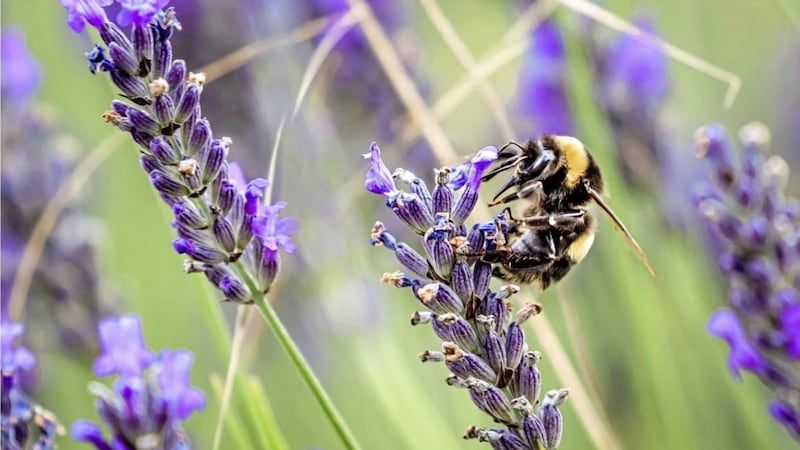We haven't yet reached the summer solstice but already the talk is of drought and hosepipe bans. As I write, the forecast is for a heatwave, with temperatures expected to reach 30°C – up to 10°C above the average for this time of year. The anticipated thunderstorms may bring welcome respite for the arid ground in the short-term but rainfall levels are unlikely to have a significant impact on the level of the water table.
Welcome to the new normal, an island not renowned the world over for its temperate climate with year-round precipitation creating fifty shades of green but a parched landscape of various brown hues. When compared to the catastrophic consequences of climate change in places like Bangladesh and eastern Africa, the impact on our gardens of extreme weather is minor, nonetheless, it is likely to signal a change in approach to our favourite pastime.
As the RHS’s 2017 ‘Gardening in a Changing Climate’ report noted, lush, green lawns are predicted to become a thing of the past, and not only because they are falling out of fashion. It's suggested they will be converted into dry meadows, as pressure on water supplies increases. So it’s not necessarily all bad news.
Pests and diseases normally confined to tropical areas are expected to become commonplace. In Ireland, counties Wexford, Waterford, Carlow, etc – the so-called sunny south east – will feel the effects first but it'll slowly creep northwards. On the upside, gardeners in the northern part of the island may enjoy a longer growing season. Mediterranean temperatures will mean they can grow more plants that thrive in bright, dry conditions, such as Aloe, lavender and Sedum spectabile.
But be warned – the weather may be warmer but climatic conditions will also be more variable and unpredictable. Expect more extreme weather, typically characterised by spells of heavy, intense rainfall, combined with an increase in dry summers.
Earlier this year, BBC presenter Monty Don told how drought, mildness and the extreme heat had created “unworkable” conditions for many plants at his Longmeadow garden in Herefordshire.
“It began not with the drought and heat of last summer, but the drought and extreme mildness of the preceding winter,” the 67-year-old said.
The lack of rain coupled with extreme warmth led to erratic plant growth, he said, but the summer heat was followed by the coldest winter since 2010.
“Cold below minus 10 takes you into a different horticultural territory – the rules of the game change,” he told Gardener's World magazine.
“Climate change is not just making the average temperature significantly climb, but also lurch between extremes. The difference between the hottest day last summer and the coldest day this winter was 50 degrees. That is unworkable for a whole range of plants, and this particular gardener.”
Don argues that the amount of watering required to sustain an old style garden through a dry spell is “socially and practically undesirable — even if we did have our own unlimited supply in the middle of a drought, which we did not”.
"Watering expensive plants when animals and even people are going without is unacceptable, along with a level of winter protection that involves unsustainably expensive and immoral use of fuel, which directly contributes to climate change, thus exacerbating the problem," he said.
“In other words, these plants are not worth it. They are no longer a practical option. Time for change. As a result, the garden will look very different. I am excited by this and regard it as more of an opportunity than a loss.”








